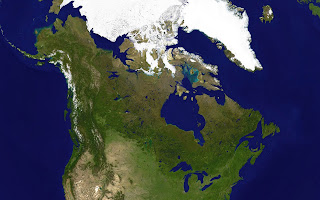
The 60-day public comment period just passed
on the draft Guide for Protocol Developers under Canada's Offset System for Greenhouse Gases.
What's a protocol? An offset protocol is the document that tells someone interested in creating an offset project what he/she/it will have to measure the emission reduction and register it for sale within the offset system. A protocol developer could be an individual, institution, organization, business or government.
A 'guide' for protocol developers essentially tells us the level of rigor that will be expected of protocol developers and therefore gives us an indication of how rigorous and credible the whole system will be.
I wrote and submitted some comments from CPAWS and David Suzuki Foundation on the draft guide. You can check them out on the CPAWS website. Here are the major points we made in our submission:
- Emission reductions must be real and clearly additional to reductions that would have occurred without the purchase of offsets.
- Permanent credits must only be given for permanent emission reductions; for impermanent emission reductions, such as those associated with forestry and land use, credits should be temporary or deeply discounted.
- Limits must be placed on regulatory compliance through the use of offsets. The use of credits from forestry and land use activities could be further limited if there is less confidence about their performance or concern about the effect of forestry offsets on carbon price.
- All offsets should adhere to a principle of net environmental benefit. Protocols should require the measurement of impacts on species identified under the federal Species at Risk Act. This requirement should at least apply to forest protocols, which could be dealing with large ecosystems and could have significant biodiversity impacts.
- Forest projects should focus on conservation activities because these deliver the greatest short-term emission reductions and also the greatest environmental co-benefits. In fact, we encourage the Government of Canada to prioritize the development of a forest conservation offset, rather than a forestry offset.

No comments:
Post a Comment